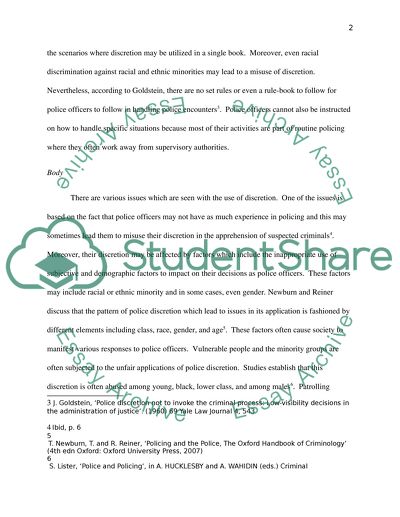Cite this document
(“Critically analyse the problems involved in Police use of discretion Essay”, n.d.)
Retrieved de https://studentshare.org/law/1392220-critically-analyse-the-problems-involved-in-police
Retrieved de https://studentshare.org/law/1392220-critically-analyse-the-problems-involved-in-police
(Critically Analyse the Problems Involved in Police Use of Discretion Essay)
https://studentshare.org/law/1392220-critically-analyse-the-problems-involved-in-police.
https://studentshare.org/law/1392220-critically-analyse-the-problems-involved-in-police.
“Critically Analyse the Problems Involved in Police Use of Discretion Essay”, n.d. https://studentshare.org/law/1392220-critically-analyse-the-problems-involved-in-police.


